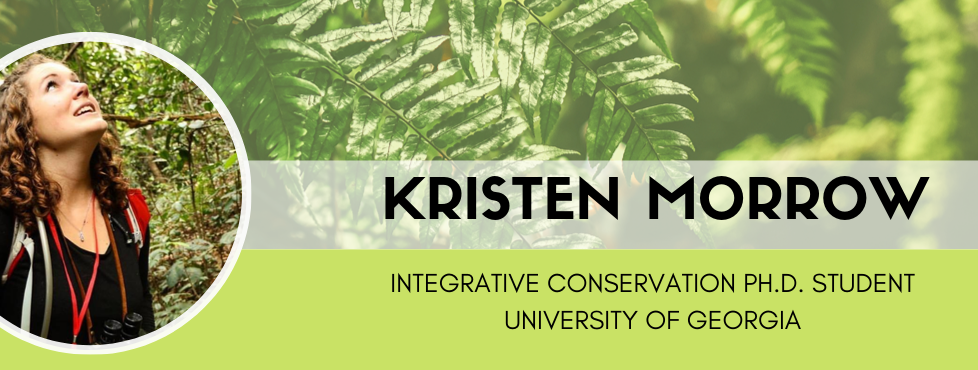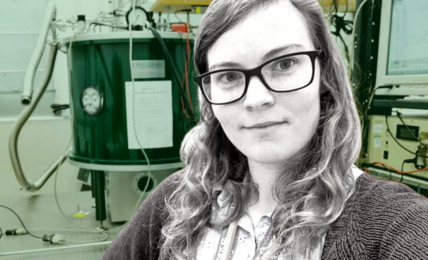STEM PROFILE: Kristen Morrow | Integrative conservation Ph.D. student, University of Georgia
My name is Kristen Morrow and I am a Ph.D. student at the University of Georgia. I study primate conservation in Indonesia by bringing together methods from anthropology, ecology, and animal behavior. The goal of this work is to understand how humans and wildlife can coexist on a shared planet and to identify equitable solutions to conservation challenges.









